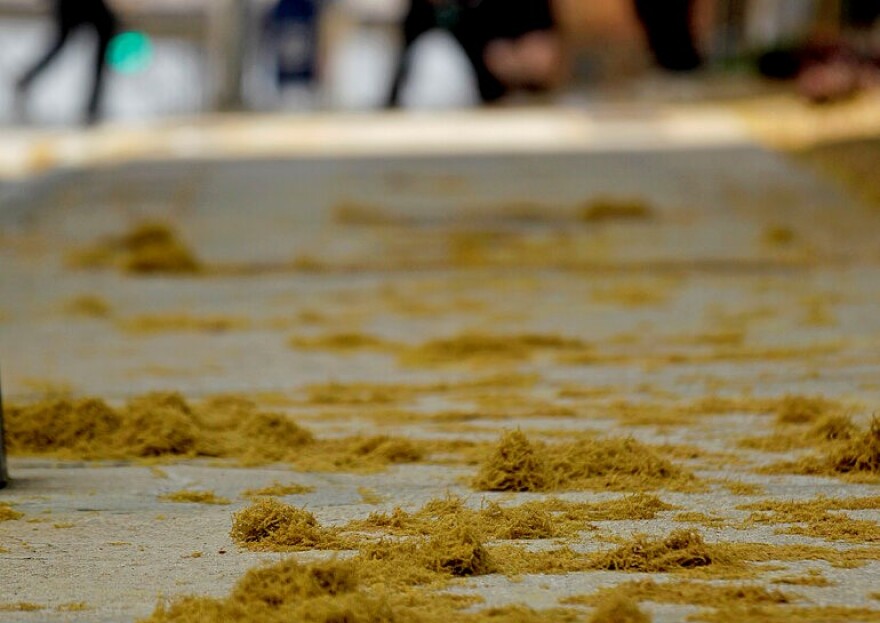An indestructible shell that surrounds pollen could be a solution to the warming climate. Florida scientists want to replicate its properties to store carbon.
The U.S. Department of Energy gave University of Florida researchers $1.7 million as part of its Earth Shots Initiative to advance clean energy technologies.
Matias Kirst is a professor of genetics and genomics at UF’s Institute of Food and Agricultural Sciences and he’s the project’s lead.
He said scientists have tried to make plant roots better at capturing carbon for good, but plant materials typically degrade and send that captured carbon back into the atmosphere after 10 or 20 years.
Kirst said he wants to try it out with sporopollenin, the outer shell for pollen. It’s also referred to as the "plant diamond" since it's indestructible.
"The idea behind using sporopollenin is that now you create a permanent storage for that carbon — that carbon is not going back to the atmosphere," Kirst said.
The goal is to kickstart production of sporopollenin through the plant roots, to then be released directly into the soil.
Right now, sporopollenin is produced in a very specific layer of cells when flowers make the pollen, but Kirst said he hopes to be able to produce it in the root.
The next three years, researchers will focus on studying the poplar tree, although Kirst said they hope the results will apply to a wide range of plants, including agricultural crops.
"We already grow crops in large areas throughout the year in the U.S., around the world. So, the idea of just adding this capability to these crops, and in the process, achieving an enormous gain in terms of how much carbon we're finally getting out of the air and store in the soil is great,” Kirst said.
Unlike trying to capture carbon through things like forests, he said every time crops get harvested, the accumulated sporopollenin containing the trapped carbon from the atmosphere would remain in the soil forever.
“The numbers are really quite impressive when you think about that, if you just introduced 5% of the root mass as being sporopollenin, and just if we think about maize in the U.S., we’re talking about over 50 million metric tons of CO2 being sequestered,” Kirst said.





